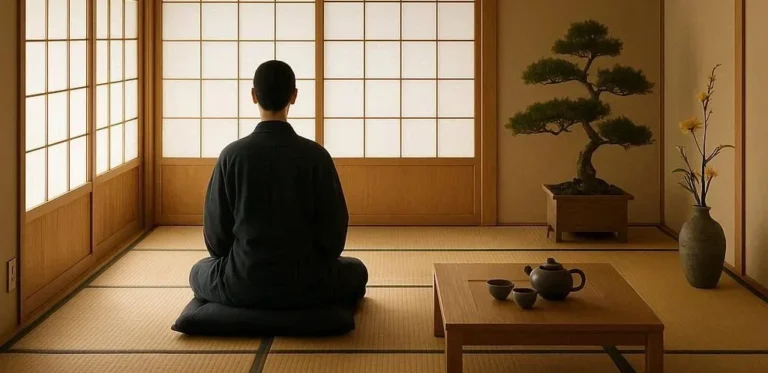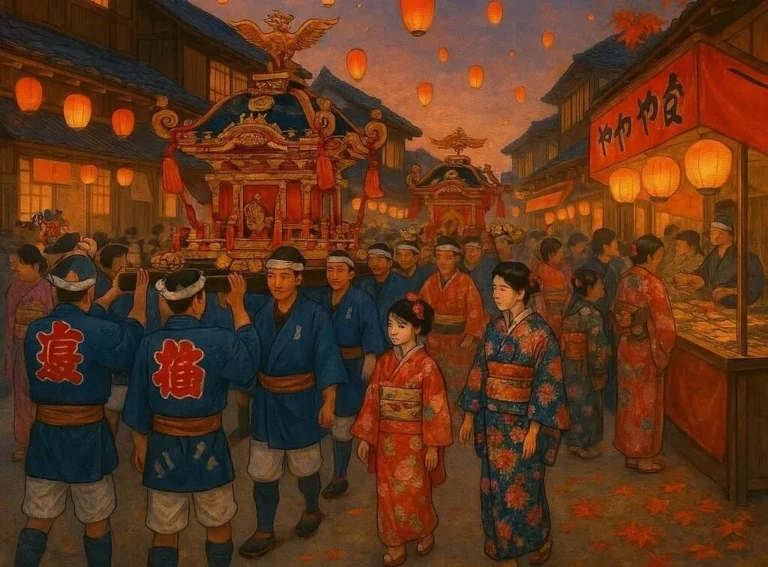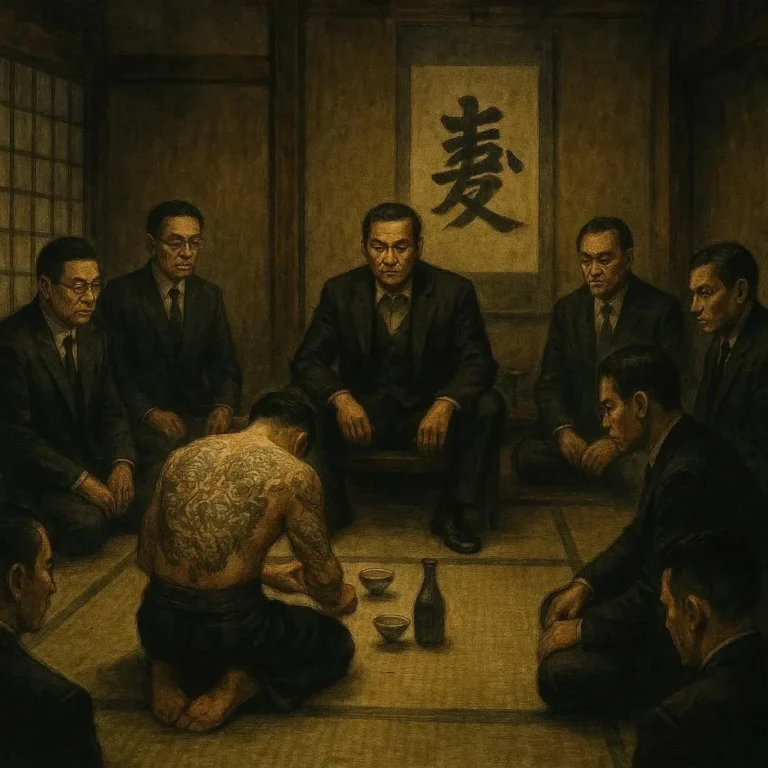505 views Notorious Yakuza Battles and Power Struggles
The Yakuza, Japan’s infamous organized crime syndicates, have long been shrouded in mystery and intrigue. Their history is filled with tales of honor, betrayal, and brutal power struggles that have shaped the landscape of Japan’s criminal underworld. From ancient clashes to modern-day conflicts, the Yakuza’s internal wars and battles with rival groups have left an indelible mark on Japanese society. In this blog post, we’ll delve into some of the most notorious Yakuza battles and power struggles that have made headlines over the years.
A Brief History of the Yakuza
Before diving into the battles and power struggles, it’s essential to understand the origins and structure of the Yakuza. The Yakuza, also known as Boryokudan, has its roots in the 17th century, emerging from groups of samurai and gamblers. These organizations were initially formed to protect communities and uphold a code of honor known as ‘giri’ and ‘ninjo’ (duty and compassion). Over time, however, the Yakuza evolved into powerful criminal organizations involved in extortion, gambling, drug trafficking, and other illegal activities.
The Yakuza is structured hierarchically, with a clear chain of command. The top boss, known as the ‘oyabun’ (father figure), holds absolute authority, while lower-ranking members swear loyalty and devotion to the organization. This strict hierarchy has led to intense power struggles, as members often vie for higher positions within the organization.
The Genokochi War (1918-1919)
One of the earliest and most notable Yakuza conflicts is the Genokochi War, which took place in the late 1910s. This war was a violent clash between two powerful Yakuza factions: the Yamaguchi-gumi and the Boryokudan. The conflict began over a dispute about territory and control of lucrative gambling dens in the city of Kobe.
The war lasted for over a year, with both sides employing brutal tactics to assert dominance. The conflict eventually ended with the Yamaguchi-gumi emerging as the dominant force, solidifying their position as one of the most powerful Yakuza syndicates in Japan. The Genokochi War set a precedent for future Yakuza conflicts, demonstrating the lengths to which these organizations would go to protect their interests.
The Yama-Ichi War (1980s)
Fast forward to the 1980s, the Yama-Ichi War was another significant conflict that rocked the Yakuza world. This war was fought between the Yamaguchi-gumi and the Ichiwa-kai, a smaller but fiercely competitive Yakuza group. The conflict was triggered by a dispute over territorial control and the expansion of illegal activities such as drug trafficking and prostitution.
The Yama-Ichi War was marked by a series of violent confrontations, including assassinations, bombings, and shootouts in public places. The conflict lasted for several years, resulting in numerous casualties and the eventual decline of the Ichiwa-kai. The Yamaguchi-gumi once again emerged as the dominant force, further cementing their reputation as Japan’s most powerful Yakuza syndicate.
The Kobe Incident (1990s)
The 1990s saw another major power struggle within the Yakuza ranks, this time within the Yamaguchi-gumi itself. The Kobe Incident, as it came to be known, was a brutal internal conflict that erupted when a faction within the Yamaguchi-gumi attempted to overthrow the organization’s leadership.
The conflict began when a group of high-ranking members, dissatisfied with the leadership’s decision-making, decided to form their own splinter group. The resulting power struggle led to a series of violent confrontations, with both sides employing hitmen and other ruthless tactics to eliminate their opponents. The Kobe Incident ultimately resulted in the deaths of several high-ranking members and the fragmentation of the Yamaguchi-gumi into smaller, rival factions.
The Collapse of the Yamaguchi-gumi (2010s)
In recent years, the Yamaguchi-gumi, once the most powerful Yakuza syndicate, has experienced a significant decline in power. The collapse of the Yamaguchi-gumi began in the early 2010s, when the organization was rocked by internal power struggles and external pressure from law enforcement agencies.
The final blow came in 2015, when the Yamaguchi-gumi officially split into two rival factions: the Kobe Yamaguchi-gumi and the Nishinippon Yamaguchi-gumi. The split was the result of a long-standing power struggle between the organization’s leadership and a rival faction led by a high-ranking member. The collapse of the Yamaguchi-gumi marked the end of an era in Japan’s criminal underworld and paved the way for new power struggles and alliances.
The Rise of the Kobe Yamaguchi-gumi
Following the collapse of the Yamaguchi-gumi, the Kobe Yamaguchi-gumi emerged as a major player in the Yakuza world. The Kobe Yamaguchi-gumi was formed by a faction of the original Yamaguchi-gumi that had broken away due to internal power struggles. The new organization quickly established itself as a formidable force, engaging in territorial disputes and expanding its influence in the criminal underworld.
The rise of the Kobe Yamaguchi-gumi has led to a new wave of power struggles, as the organization seeks to establish itself as the dominant force in the Yakuza world. The conflict between the Kobe Yamaguchi-gumi and its rivals has resulted in numerous violent confrontations, including assassinations and gangland-style executions.
The Modern Yakuza Landscape
Today, the Yakuza continues to be a significant player in Japan’s criminal underworld, despite increased pressure from law enforcement and internal power struggles. The collapse of the Yamaguchi-gumi has led to a fragmentation of the Yakuza, with smaller, more agile organizations emerging to fill the power vacuum.
The modern Yakuza landscape is characterized by intense competition and frequent power struggles, as these organizations vie for control of lucrative criminal enterprises such as drug trafficking, extortion, and gambling. The use of social media and other modern technologies has also changed the way the Yakuza operates, with many organizations now using the internet to recruit new members and coordinate their activities.
The Cultural Significance of Yakuza Battles
Despite their violent nature, Yakuza battles and power struggles have a certain cultural significance in Japan. The Yakuza has long been romanticized in Japanese media, with films, books, and television shows often depicting their lives and conflicts. The Yakuza code of honor, known as ‘giri’ and ‘ninjo,’ has also been extolled in Japanese culture, with many viewing the Yakuza as a symbol of loyalty and tradition.
However, it’s important to remember that the Yakuza’s activities are illegal and often result in harm to innocent individuals. While the romanticized portrayal of the Yakuza can be intriguing, it’s essential to approach the subject with a critical eye and acknowledge the very real consequences of their actions.
Conclusion
The Yakuza’s history is filled with tales of power struggles and brutal conflicts that have shaped the criminal underworld of Japan. From the Genokochi War to the collapse of the Yamaguchi-gumi, these battles have left an indelible mark on Japanese society. As the Yakuza continues to evolve and adapt to changing times, it will be interesting to see how these organizations navigate the challenges of the modern era.
Whether you’re a history buff, a crime enthusiast, or simply someone interested in the darker side of Japanese culture, the story of the Yakuza’s battles and power struggles is sure to captivate and intrigue. As long as the Yakuza exists, their conflicts will remain a fascinating, albeit dangerous, aspect of Japan’s criminal landscape.







